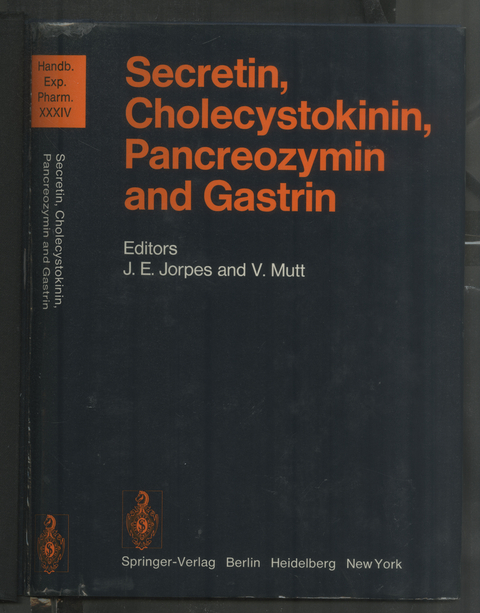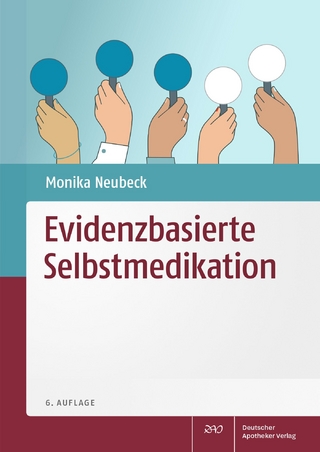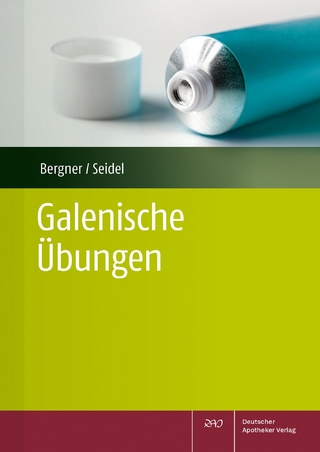
Secretin, Cholecystokinin, Pancreozymin and Gastrin
Springer Berlin (Verlag)
978-3-642-80706-0 (ISBN)
I Secretin and Cholecystokinin (CCK). With 42 Figures.- A. Secretin.- B. Common Aspects on the Gastrointestinal Hormones.- C. Biological Actions of the Gastrointestinal Hormones.- D. The Bioassay of Secretin and Cholecystokinin.- References.- II The Synthesis of (Porcine) Secretin. With 6 Figures.- A. Introduction.- B. Strategies.- C. Attempted Synthesis of Secretin on a Solid Support.- D. Synthesis of Secretin by the Stepwise Approach (Through Isolated Intermediates).- E. Synthesis of Secretin by Fragment Condensation.- F. The Conformation of Secretin.- G. Conclusions.- References.- III The Secretory Process in the Pancreatic Exocrine Cell: Morphologic and Biochemical Aspects. With 16 Figures.- A. Route and Timetable of Intracellular Transport in Resting Exocrine Cells.- B. Metabolic Requirements for Intracellular Transport over the RER-Condensing Vacuole-Pathway (steps 2-4).- C. Metabolic Aspects of Condensing Vacuole Transformation.- D. Studies on Zymogen Granule Discharge.- E. Metabolic Requirements for Zymogen Granule Discharge.- References.- IV The Secretin Test. With 7 Figures.- A. General Introduction.- B. The Secretin Test of Pancreatic Function.- C. Secretin-Pancreozymin Tests of Pancreatic Function.- D. Serum Enzyme Tests in the Diagnosis of Pancreatic Disease.- References.- V On the Use of Cholecystokinin in the Roentgenological Examination of the Extrahepatic Biliary Tract and Intestines. With 17 Figures.- 1. Gall Bladder and Cholecysto-Cystic Junction.- 2. Sphincter of Oddi.- 3. Intestines.- References.- VI Gastrointestinal Hormones and Islet Function. With 37 Figures.- I. Introduction.- II. Historical Review.- III. Some Remarks on the Chemical Structure, Extra-insular Actions and Sites of Origin of the Gastrointestinal Hormones.- IV. ThePharmaco-Chemical (or Pharmaeo-Dynamie) Approach to the Intestinal Factor in Question.- V. Reaction of the Intestinal Hormones in Response to Ingestion of Food.- VI. Chemical Configuration and Endocrine Action of the Intestinal Hormones. The Role of the Exocrine Pancreas in the Regulation of Islet Function by Intestinal Hormones.- VII. Reestablishment of the Primary Role of Non-Physiological Glucose Levels in Regulating Insulin and Glucagon Secretion, Irrespective of Cholecystokinin-Pancreozymin and Secretin Action.- VIII. The Significance of Intestinal Modulation of Islet Function.- IX. Summary and Conclusions.- References.- VII The Use of Cholecystokinin in the Roentgenological Examination. Clinical Aspects. With 10 Figures.- I. Introduction. Early History.- II. Cholecystokinin and the Evacuation of the Gallbladder.- III. Cholecystokinin and the Common Bile Duct.- IV. Cholecystokinin, the Sphincter of Oddi and Duodenal Motility.- Cholecystokinin and the Postoperative Choledochus.- V. The Use of Cholecystokinin in Endoscopy.- VI. Cholecystokinin in the Scintigraphy of the Gallbladder and Pancreas.- VII. Cholecystokinin and Duodenal and Ileal Peristalsis.- VIII. Conclusions.- References.- Author Index.
| Erscheint lt. Verlag | 15.12.2011 |
|---|---|
| Reihe/Serie | Handbook of Experimental Pharmacology |
| Co-Autor | M. Bodanszky, R. Carratu, D.A. Dreiling, R. Fussgänger, J.D. Jamieson, H.D. Janowitz, J.E. Jorpes, V. Mutt, E. F. Pfeiffer, J. Plessier, M. L. Ramorino, S. Rapits, A. Torsoli, M. J. Zimmermann |
| Zusatzinfo | XII, 376 p. |
| Verlagsort | Berlin |
| Sprache | englisch |
| Maße | 170 x 244 mm |
| Gewicht | 673 g |
| Themenwelt | Medizin / Pharmazie ► Allgemeines / Lexika |
| Medizin / Pharmazie ► Pharmazie ► PTA / PKA | |
| Schlagworte | Absorption • Calcitonin • Cell • Cholezystokinin • cytology • Diagnosis • Endoscopy • Gastrin • Glucagon • Health • Hormone • Hospital • Insulin • Pankreozymin • Pathology • Physiology |
| ISBN-10 | 3-642-80706-2 / 3642807062 |
| ISBN-13 | 978-3-642-80706-0 / 9783642807060 |
| Zustand | Neuware |
| Haben Sie eine Frage zum Produkt? |
aus dem Bereich


